3. Morals are the signature characteristics of fables. Fables were made to teach, instruct, provide a set of rules, not to amuse. One of the oldest known collections of fables comes from India and it is called Panchatantra.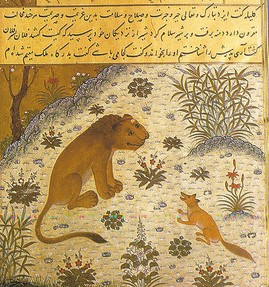
Panchatantra stories were supposedly created by wise brahmin who was asked to teach three sons of a king at least something useful (they were spoiled and dull).
So brahmin created series of short stories featuring animals with human characteristics. These animals were set in different situations and their actions and reactions are providing examples from real life situations which can be helpful to future kings.
This story is very probably only a story (kind of fable, really) and it is great example of frame story serving to connect very different stories into more unified collection (most famous example of framed format of story telling which also includes many fables, is of course Arabian Nights or 1001 Nights).
4. As we can see the moral of the fable is presented through allegory. This means some important, in most cases abstract idea, message or moral, is represented through simple, easy to understand action with simple, one-dimensional characters. Most popular example of allegories is collection of Aesop's fables, but we can find many more examples in literature (Lord of the Flies is an allegory on human mind and civilization, Narnia series on stories from Bible, Animal Farm on social order in Soviet Union and so on), but also in other media.



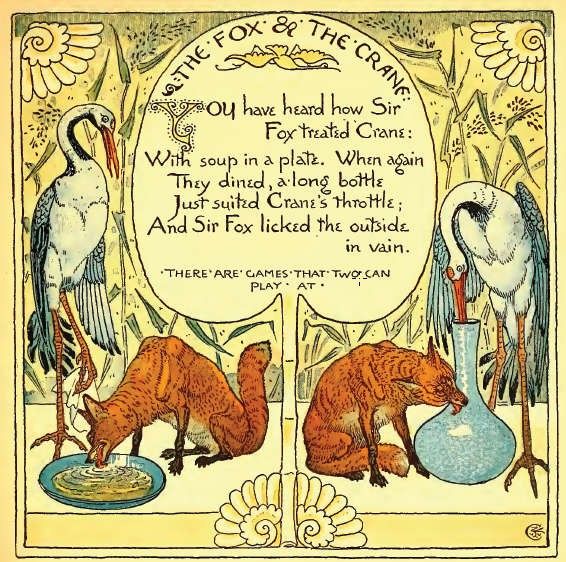
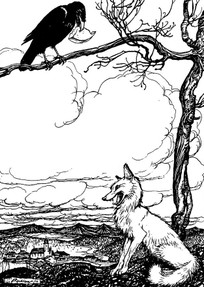
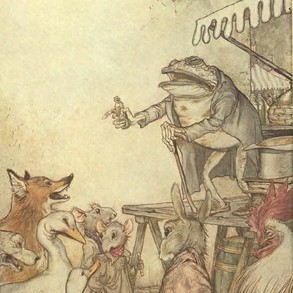
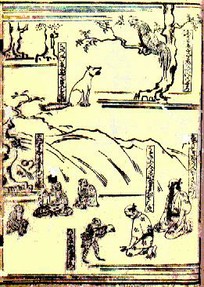 credited for the most famous collection of fables in the West.
credited for the most famous collection of fables in the West.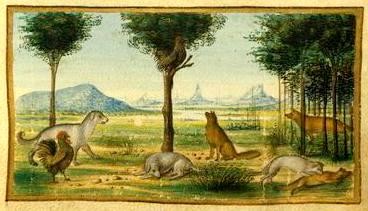
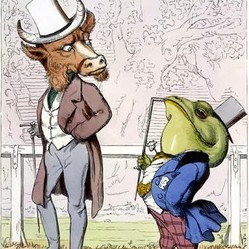

 Vintage Postcard Artists with 10 Examples of Easter Cardson 02/21/2025
Vintage Postcard Artists with 10 Examples of Easter Cardson 02/21/2025
 Valentine's Symbolson 01/23/2025
Valentine's Symbolson 01/23/2025
 Thanksgiving Symbolson 11/12/2024
Thanksgiving Symbolson 11/12/2024
 Famous Witches in Literary Historyon 10/06/2024
Famous Witches in Literary Historyon 10/06/2024
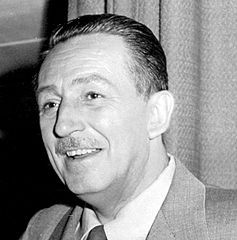
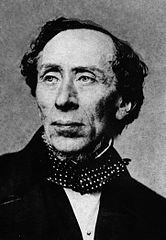
Do you believe fables can still be useful in today's education system?
No, DerdriuMarriner, we don't know that, but it looks like they have an origin in East Asia, where the higher class used them to teach their kids lessons in more entertaining and effective ways.
Your summary statement alerts us to the fact that "Fables are part of our culture for many centuries and it seems all this time they served the same purpose - to teach a moral."
Do we know what the oldest fable is and where it is from?
Well said, fables are educational AND fun!
Fables can teach students how to live their lives. I believe fables tell students what is right and what is wrong, but otherwise, they're fun to read although the purpose of their existence is to teach the reader.
Thanks, WriterArtist, I find them particularly useful when I want to write something with already known ending or for nice exercise where I am looking for an unsuspected twist at already known story.
Fables have always been thee source of inspiration to me as a kid. I remember all the stories from Aesop's fables, they had a morale in each of them.
Thanks, RubyHelenRose. Fables can be helpful in many ways:)
Absolutely, they engage us to a part of ourselves that gets lost in reality. The most colorful way of learning I have ever known. Fables are lifeblood to me.
I agree, we should stop racing for a while and take a moment to absorb some wisdom from others (books with fables and fairy tales are certainly on this list). If fables survived hundreds, even thousands years, they should be worth something!
Thanks for your comment:)
Fables should be a part of today's education system. In fact, I think most adults need a reminder on these fables. I remember reading Aesop's fables and the Panchtantra stories and I think they give valuable lessons for living a successful, happy as well as a moral life even today. Facing a problem? Go back to these fables. You will probably get some inspiration there. Thanks for the lovely article!